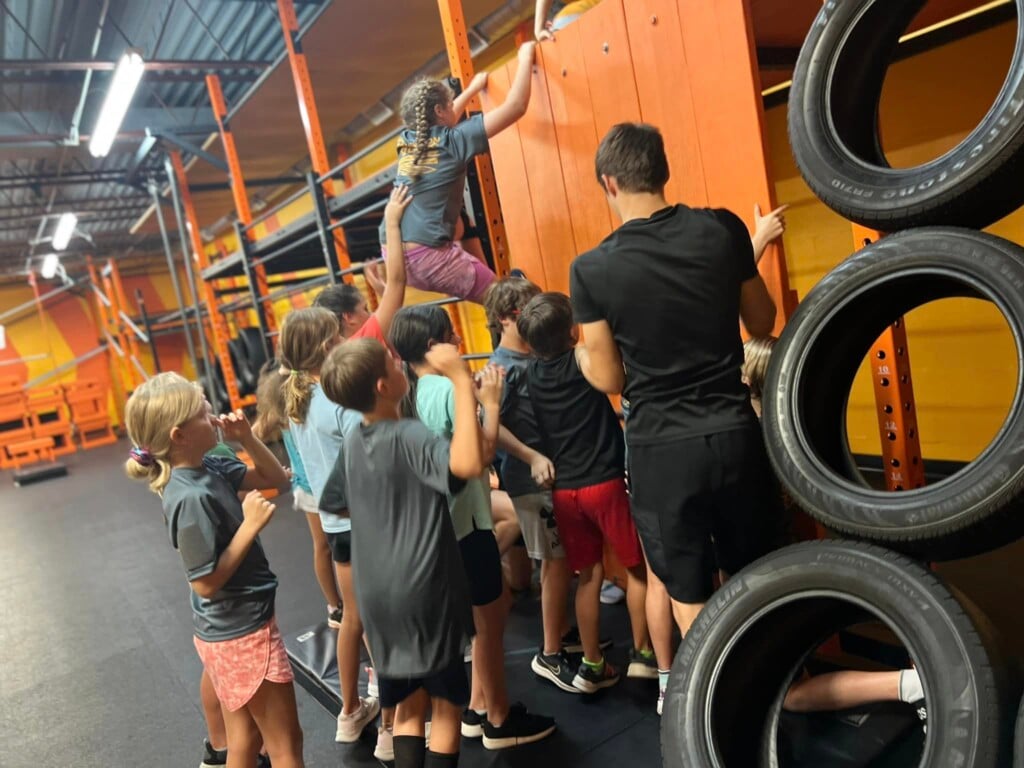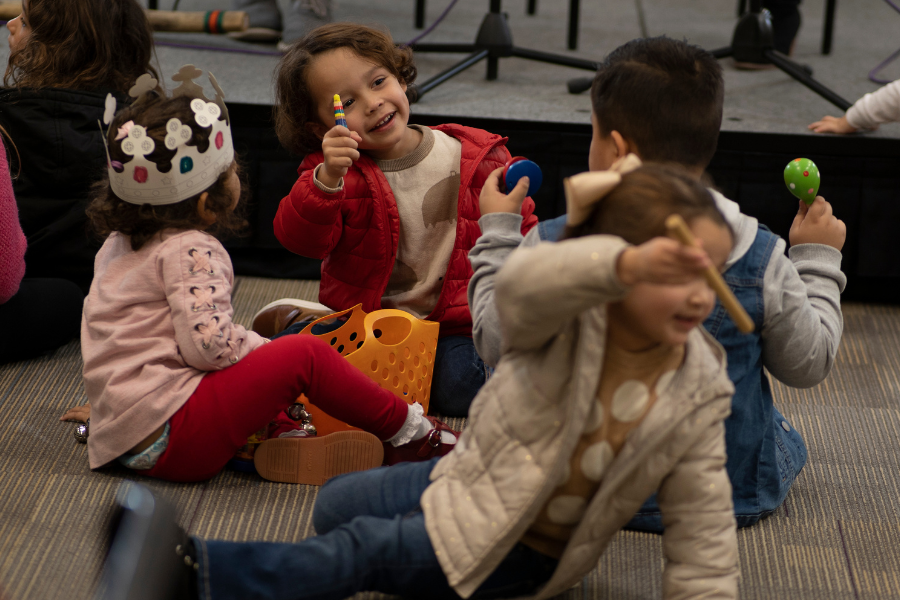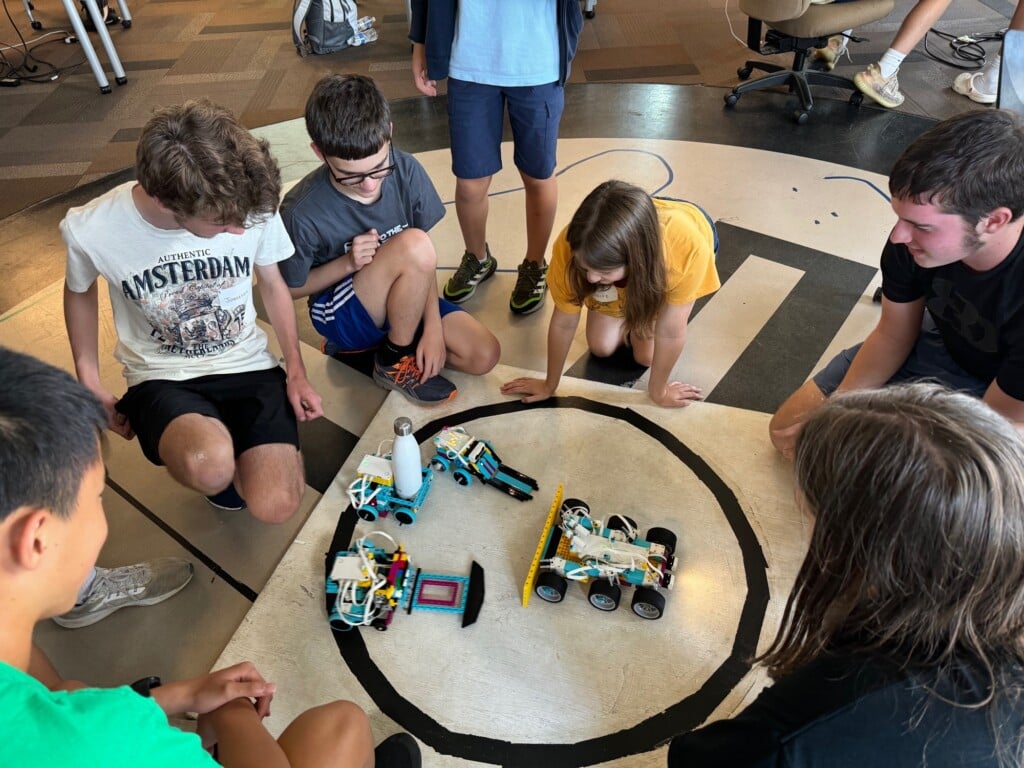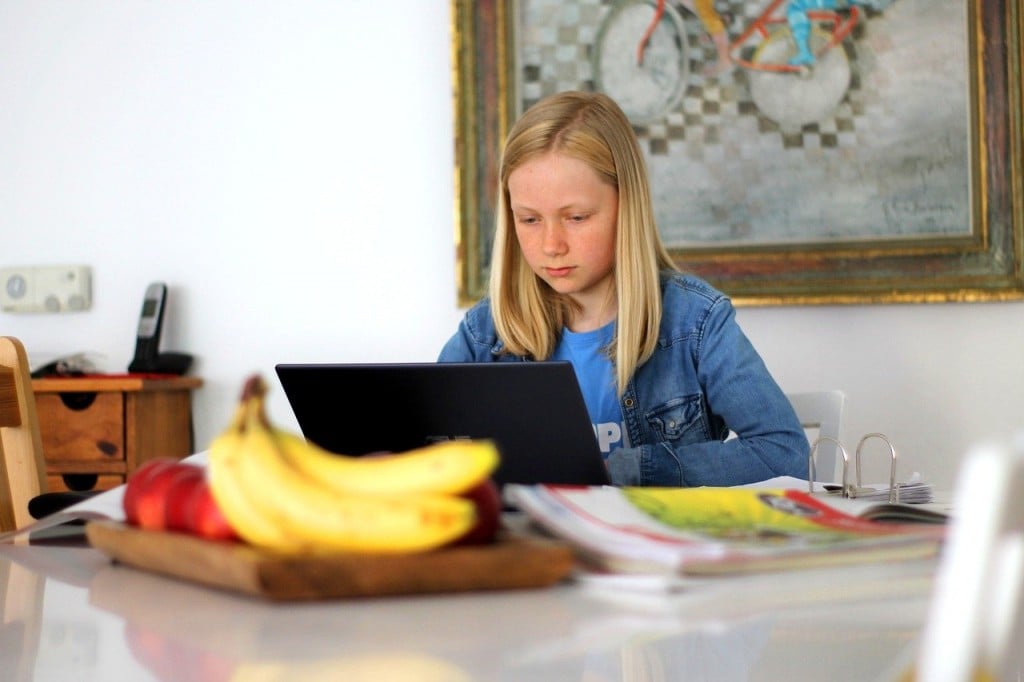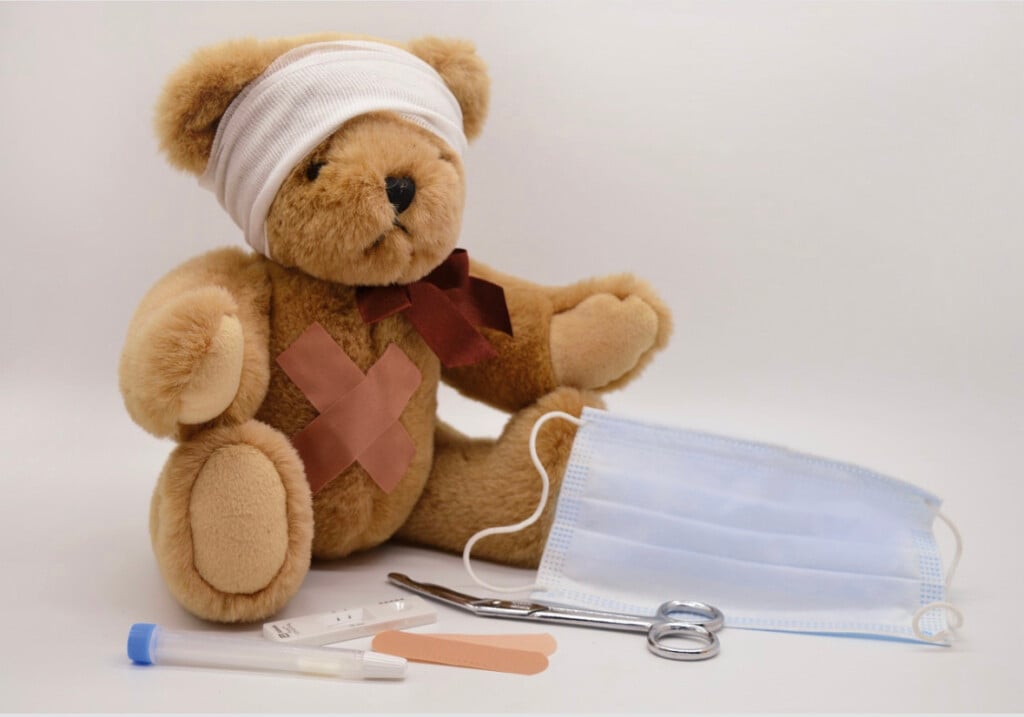How to Survive Jet Lag With Kids
Bring the kids, ditch the jet lag
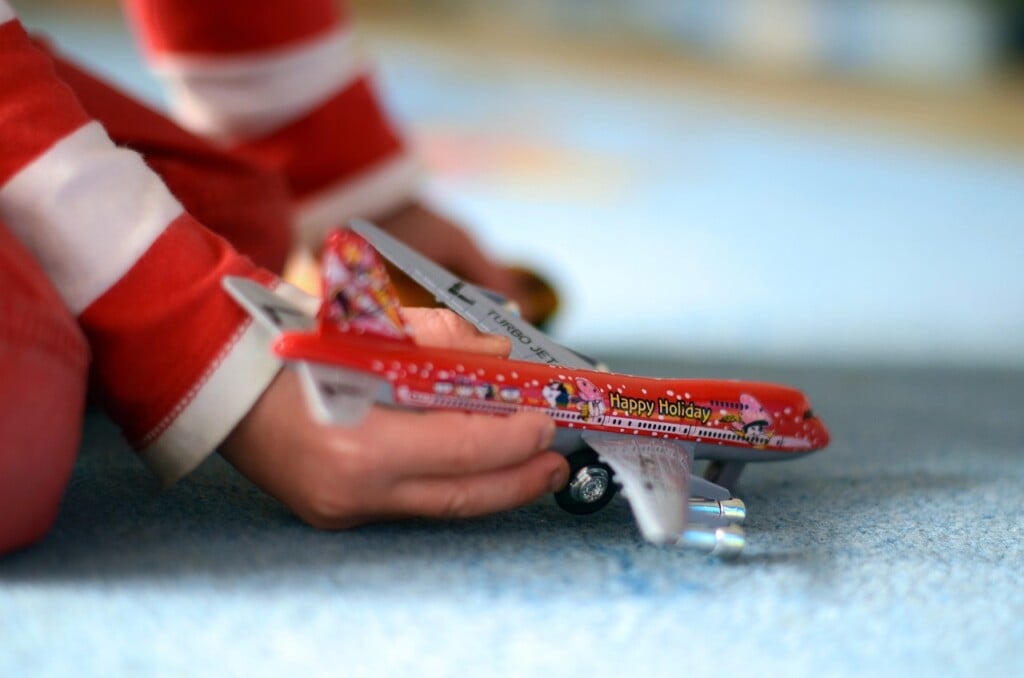
The gates of the Roman Coliseum have opened and you’re about to take your kids on a trip back in time…but to get here you had to go forward in time…and now no one is having a good time.
Jet lag can ruin a trip faster than a toddler with a sharpie can ruin a wall. I speak from experience. I first took my children out of the country 10 years ago when they were in first grade. I listened to those who went before me and forced them to stay awake upon landing, bribing them in every way possible. While I’ve accumulated several more tricks over the years, there have also been some scientific and technological breakthroughs. And—like for most things in life—there’s now an app for that.
The Timeshifter App was created based on research from Harvard Medical School’s Dr. Steven W. Lockley, using the concept that light exposure and avoidance controls an individual’s circadian clock, which is what allows them to adjust quickly to a new time zone.
“Humans are not designed to travel time zones the way we do. We were designed to live in one place. Air travel goes completely against biology—our circadian clock can’t keep up,” says Mickey Beyer-Causen, CEO of Timeshifter. “The master clock for sleep is in the brain, so the foundation for a jet lag plan really comes down to light—telling your brain when to be asleep and when to be awake.”
The CDC-approved app works by collecting information about your trip—flight times, location, and chronotype (early riser or night owl)—and creates a customized plan that details when to see and avoid light, when to sleep or nap, and even has an option to address managing caffeine and melatonin intake. It uses the same science-based algorithm used by NASA astronauts to adjust to being in space, where days and nights are non-existent. The plan typically starts several days before the trip and continues for a few days into the trip.
While Timeshifter is currently designed for adults, Beyer-Causen said that children can effectively follow any adult plan—without the caffeine and melatonin. For children, he advises adding time onto either end of adult sleep guidance to accommodate children’s longer sleep patterns. So, if you average eight hours of sleep per night, but your child averages 10, then a 10 p.m.- 6 a.m. sleep guidance for you would translate to a 9 p.m.- 7 a.m. sleep guidance for them. Even if you or they aren’t fully asleep during those times, limiting light 2-3 hours prior to sleep (this means phones, TVs, and other electronic devices) and remaining in a dark room during the sleep cycle will send your brain the signals it needs to adjust.
If upsetting your child’s sleep pattern sets off every parenting alarm in you, think of ways to make it fun. Listen to a story in the dark at night rather than reading a book aloud—the Calm Kids App has a variety of soothing bedtime stories and sounds for children. If a limited light exposure time falls when you are enroute, pick out a fun pair of sunglasses to wear indoors (a Timeshifter rec) and make a game of wearing them on the plane and in the airport.
While light exposure tops the lists of adapting to a new time zone, there are other factors parents should consider when traveling with children to minimize the impacts of jet lag:
- Pick your flight times strategically. Some families choose to fly during the day when children would already be awake, while others prefer an overnight flight that coincides with bedtime. For exceptionally long travel times, a stopover that allows for a night in a hotel could be a viable option to ease into the transition.
- Stick to your routine. Create an environment that is as close to home as possible. If they have a favorite book or stuffed animal, take it along to provide comfort and distraction. Keep children happy and well fed on the plane by selecting in-flight kids meals. American Airlines offers both baby food as well as meals that appeal to children ages 2-5 (but are available to anyone). These can be ordered up to 30 days in advance and must be selected at least 24 hours before flight time.
- Ease into it. Save the museums and walking tours for later in the trip when everyone’s sleep patterns are adjusted and energy levels are full. “Remember that tiredness is one of the most common triggers for meltdowns and temper tantrums,” says Dr. Lyn Nuse, senior medical director of pediatric primary care at Atrium Health Levine Children’s. “Having a jam-packed schedule the first day or two will likely make them overly tired and prone to emotional responses. Adjust your plans accordingly. It also helps to have the adults ‘tag team’ children as needed when they may be overly tired.”
- Act like a local. If the locals are out and about or sitting down to eat a meal, follow their lead. This can be challenging, especially on the first day if you’ve flown overnight, but even a senior citizen-timed dinner and bedtime is better than caving and taking a nap. The faster you adapt the cues your body uses to adjust to time—light, food intake, movement—the faster we can trick our bodies into living like a local.
- Don’t forget about re-entry. The trip may be over but the jet lag will tag along with you as you re-enter everyday life. Make reverse adjustments prior to leaving (Timeshifter’s plan has you covered) to help you get back into the swing of things quickly when you return home.
LAURIE LARSH is a Charlotte-based writer whose work has appeared in The Charlotte Observer, Yahoo News, Scary Mommy, and more. Follow her on Instagram @goexplauring.
